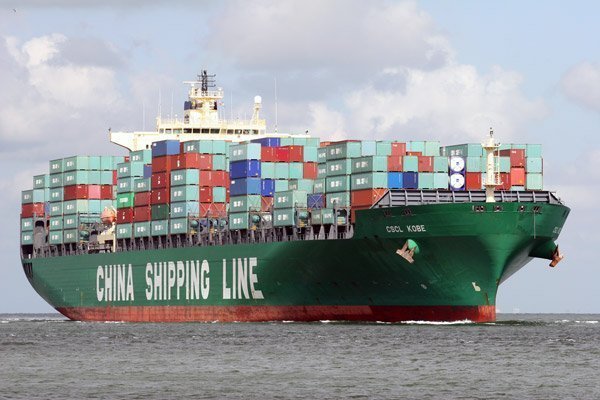 [[{“value”:”
[[{“value”:”

Of the 50 largest container shipping lines in the world in the year 2000, only 24 are still in existence, according to new research from Denmark’s Sea-Intelligence.
The capacity operated by these surviving carriers has grown dramatically. Overall, they have grown their collective capacity from 2.5m teu in 2000 to 26.7m teu in 2025, 983% capacity growth over 25 years, equalling 10% growth on average, every single year for 25 years.
Sea-Intelligence also noted in its latest weekly report that apart from the 24 survivors, 26 carriers have entered into the top 50, some as new carriers and some that were outside the top 50 in year 2000.
These 26 newcomers in total operate 6% of the global fleet – versus the 84% operated by the survivors, Sea-Intelligence data shows.
This is a market which has undergone extreme consolidation
“Clearly, this is a market which has undergone extreme consolidation. But it has also been a 25-year journey, where the incumbents have clearly been better at adapting and growing in the market than the newcomers,” Sea-Intelligence noted.
This week the global liner fleet will likely cross the 32m teu mark, according to data from Alphaliner. The container fleet has grown very fast this century. The 30m teu landmark was hit in June last year with a teu tsunami cascading out of yards in Asia delivering a record volume of newbuildings.
It took the industry around 50 years to reach the 5m teu mark in 2001. By contrast, the leap from 20m teu to 30m teu was achieved in just seven years.

The post How the liner lineup has changed this century appeared first on Energy News Beat.
“}]]
